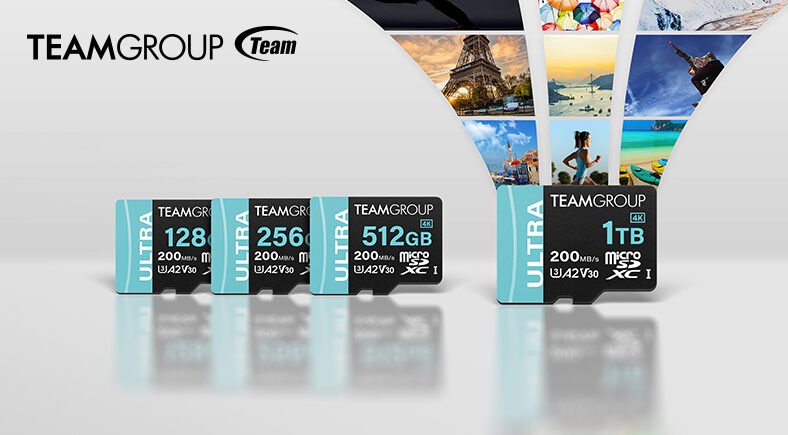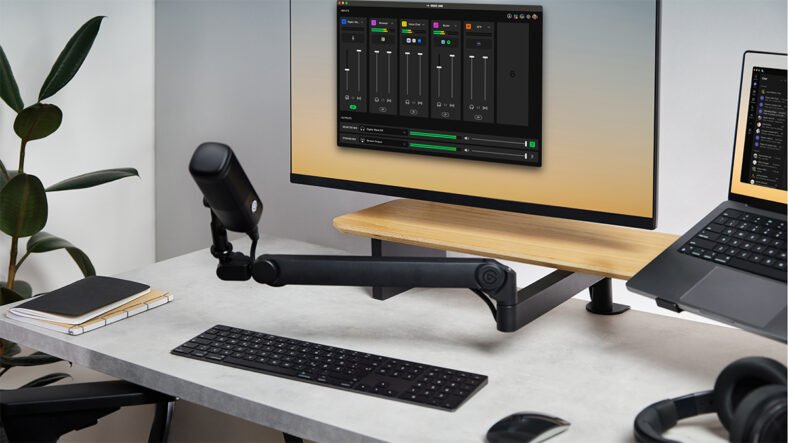
The Specifications of the upcoming NVIDIA GeForce RTX 3050 and RTX 3050 Ti have been spotted online. The specifications of these graphics cards were leaked through benchmarks spotted in the Geekbench database. The benchmarks were performed on currently unreleased laptops powered by Intel’s Tiger Lake-H processors.
The two GPUs spotted are mobile laptop versions but mobile Ampere cards and desktop Ampere cards have the same specifications. The RTX 3050 graphics card series will be powered by the Ampere GA107 GPU, which will be the GPU’s first appearance in the Ampere series. The GPUs have shown up in Samsung laptops featuring the Tiger Lake-H (45W) CPUs, namely the Core i7-11800H and the Core i5-11400H.
Coming to the graphic card specifications, the NVIDIA GeForce RTX 3050 Ti has 20 SMs which translates to 2560 CUDA cores. By the looks of it, the 3050 Ti will utilize the full-fat GA107 GPU. In the Geekbench benchmark, the 3050 Ti was seen running with a boost clock of 1.03 GHz.
The card has 4 GB of GDDR6 memory running across a 128-bit bus interface. NVIDIA is likely to feature 12 Gbps memory modules so we can expect a total bandwidth of 192 GB/s. The TDP is currently not known but considering the specifications, we can expect a sub-100W TDP for the 3050 Ti.
The RTX 3050 features 16 SM which totals to 2048 CUDA cores. The card was running with a boost clock of 1.06 GHz. The boost clocks are most likely the laptop-tuned clocks and we can expect higher in the desktop parts which will hit the retail segment in the coming months.
Coming to the leaked performance, in OpenCL, the RTX 3050 Ti performs on par with the Radeon RX 5600 XT and the GeForce GTX 1080 Ti. The GeForce RTX 3050 is about as fast as the GTX 1080.
Image Credit: @TUM_APISAK
However, in OpenCL performance, Ampere architecture offers a huge increase in performance so average performance in DirectX titles would be slightly lower. Another key feature of these cards is that they will support RTX. It will be the first time that a 50 series card will feature this technology. We will have to wait and see what the pricing of these cards will be and when they will be announced officially by NVIDIA.











